
The extraordinary May heatwave across the Middle East reached records recently. The world has yet to reach Northern Hemisphere summer, yet in Pakistan, the earliest 50°C temperatures ever for the season were recorded. The earliest 52°C ever recorded globally in the calendar year was reached and breached in Shabankareh, Iran. The hottest May nights ever were recorded in Iran and Kuwait with 35.6°C in Hosseynieh in northern Iran and 35.7°C at Kuwait International Airport. These shocking records come at a time when the hottest annual temperatures are still anticipated two months away in July during the peak of the summer season.
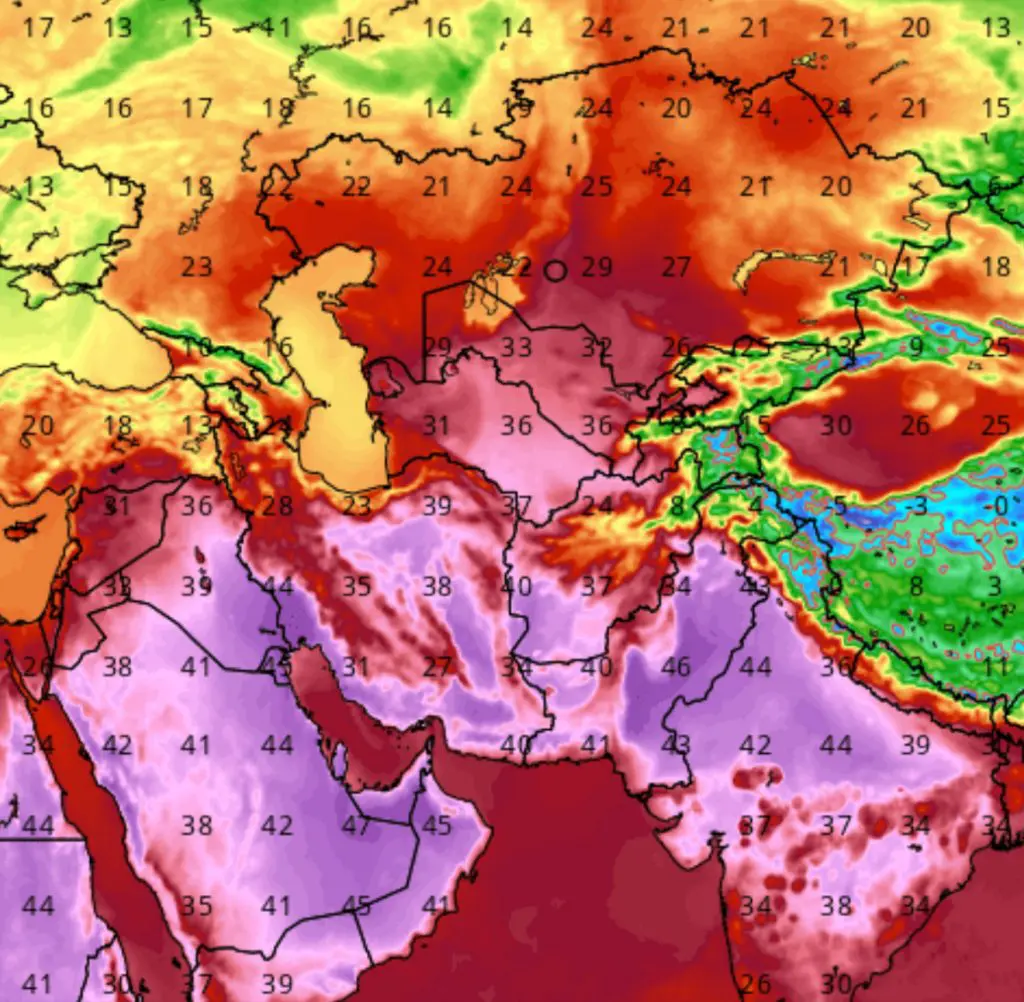
Australia experienced record rainfall recently in the southeast, particularly in New South Wales (https://www.theguardian.com/australia-news/2025/may/21/nsw-weather-bom-warns-of-lots-of-flooding-to-come-on-mid-north-coast). The Manning River experienced what experts called a 500-year flood. The area is not out of the woods yet, as affected regions are still expected to receive another 200 mm of rain over the next 24 hours. Rainfall totals over the next 48-hours could even exceed 300 mm over a small sliver of the northeastern part of the state of New South Wales.
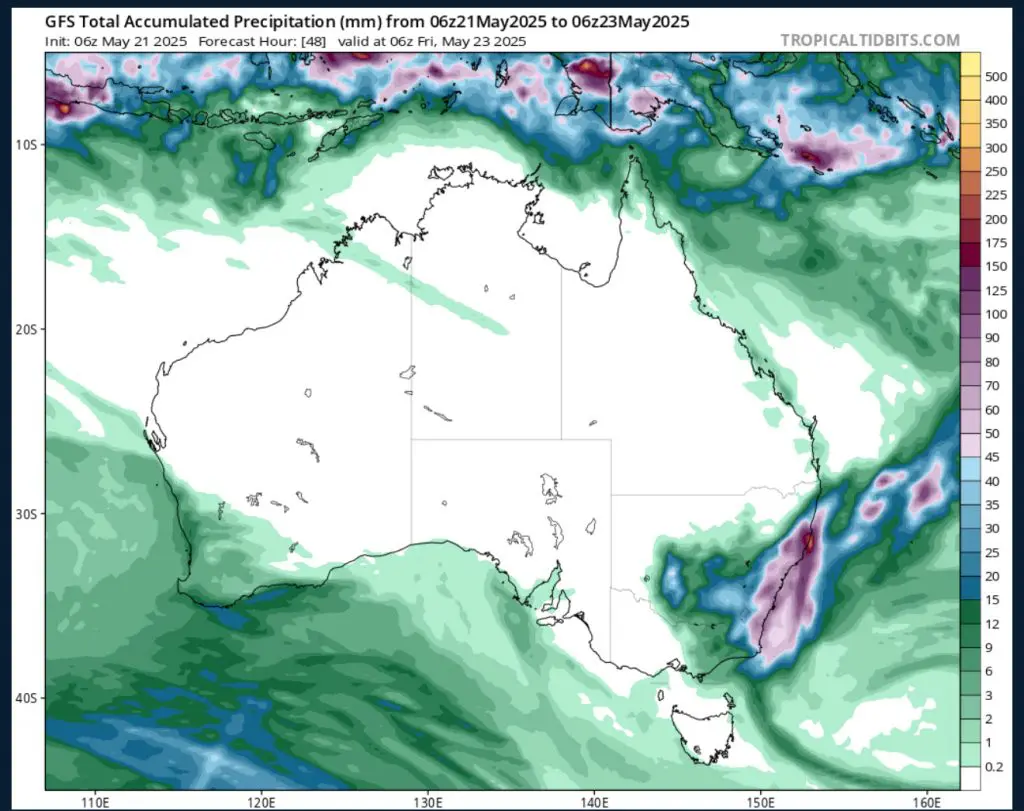
Cold temperatures are prevailing over much of southern Australia. With the Southern Hemisphere autumn at its height now, stinging single digit temperatures are being felt during the night across the country, dropping below freezing in certain parts of Victoria. Record minimums for May were recently experienced in Coldstream in the northeastern part of the Melbourne metropolitan area, with temperatures dropping down to a chilling -5.5°C. Further east in the state of Victoria, Morwell experienced a record low of -3.9°C (https://watchers.news/2025/05/20/cold-snap-breaks-may-temperature-records-victoria/).

Greenland and Iceland are experiencing exceptionally high temperatures considering summer has yet to start. The high for the day reached 20.1°C in Narsarsuaq, Greenland, in the southern tip of the country. The temperature also reached a cozy 20.0°C in Grimsstadir, Iceland. As far as the highest minimum seen in Iceland, the temperature did not drop below 17.5°C over the past 24 hours in Vatnsfell. One notable measurement was recorded in Kálfhóll, in the northern part of the country, where the *average* temperature over 24 hours was a comfortable 17.9°C, a warmth very atypical for Iceland at any time of year.
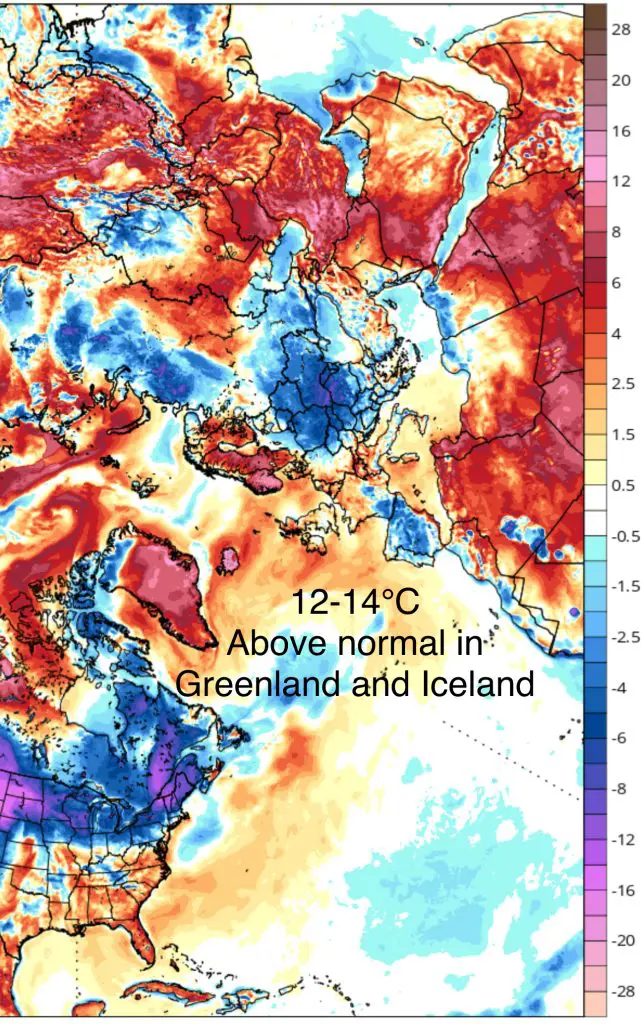

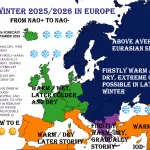
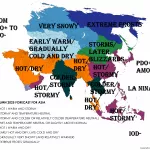


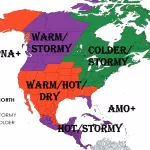
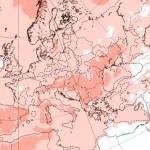
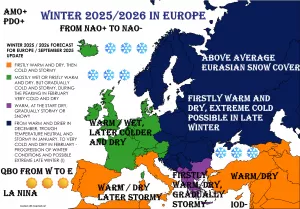
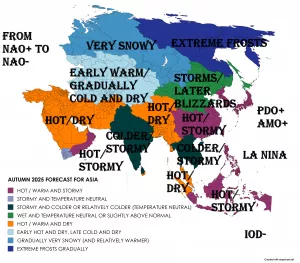

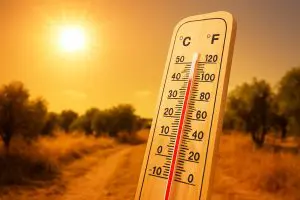
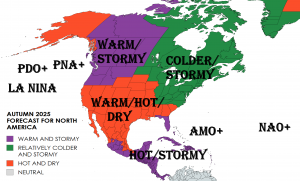
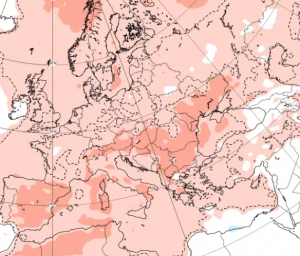
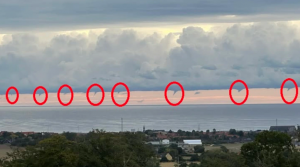
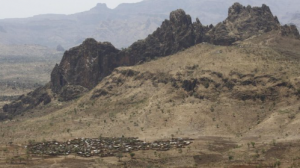




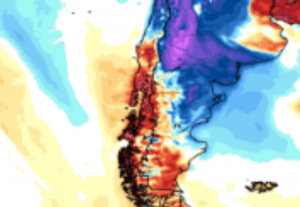

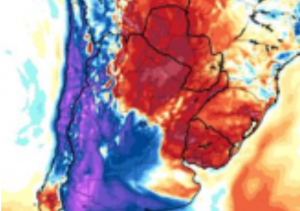





11 thoughts on “Weather Report for May 20th/21st, 2025. Middle East in scorching heat with earliest 50°C recorded in season history. Record flooding and cold in Australia.”
Comments are closed.